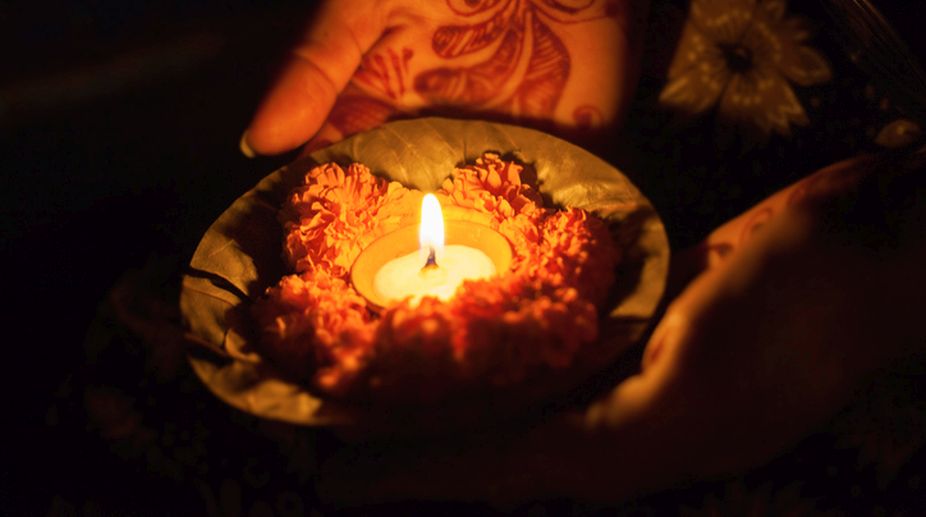Festivals embodying the essence of Goan traditions
As the colours of Shigmo paint the streets with exuberance, various other festivals prepare to showcase their diverse cultural heritage through a series of unique festivals.
Fast till dusk and when the twilight falls, feast under the star spangled and moonlit sky.

(Getty Images)
Have you ever experienced the power of your mother’s prayer? The Hindu festival Ahoi Ashtami, which falls four days after Karwa Chauth and eight days before Diwali, signifies the power of a mother’s prayer. Like Karwa Chauth, the festival is more popular in North India. This year, Ahoi Ashtami is celebrated on October 12, 2017.
Traditionally, in ancient India, the day was celebrated by mothers who had sons. They observed a day-long fast for the well-being of their sons. Today, the festival has evolved to include daughters as well. The fast is observed by mothers irrespective of whether they have a son or a daughter. The fast is observed for happiness, health and good fortune of their children i.e. sons as well as daughters.

The fast is observed from dawn to dusk. It is broken during twilight after sighting stars in the sky. Some women break the fast after sighting the moon.
Advertisement
Ahoi Ashtami is also known as ‘Ahoi Aathe’ because fasting is done during Ashtami Tithi, the eighth day of the month. It is a strict fasting day and most women abstain from even water throughout the day. Mothers wake up before sunrise, have some refreshments and proceed to the temple to offer prayers for their children.
The picture of stars and Ahoi Mata is painted on a wall and a pitcher of water is placed in front of it. Printed calenders, posters and pictures of goddess Ahoi are now available and can be used in place of wall painting. Then, the story of Ahoi mata is read out by an elderly woman in the household. All other ladies sit and listen to the story. The prayer includes grains that are placed in a plate and positioned in the centre of the Ahoi picture. The food offerings include puris, halwa and other sweets.

The story behind the festival relates to a woman who had seven sons. During the process of renovation and painting of her house, she went to the forest to bring soil. This happened during the month of Karthik. While digging the soil, the axe accidentally hit a cub and the cub died. The woman felt responsible for the cub’s death. However, she took the soil and returned to her home. Over the next year, all her seven sons died and she felt it was a fallout of what happened with the cub in the forest. Out of guilt, she confessed her sin to some of her neighbours. The neighbour told her that by confessing her sin, she had almost negated the effect of her sin. She also suggested her to offer prayers to the goddess Ahoi by sketching the face of the cub. So, the woman fasted on Karthik Krishna Ashtami. She eventually got back all her seven sons by the power of her prayer and ever since it became a ritual to worship the goddess.
The festival has special significance for the Banya-Marwari community. The vrat katha signifies the importance of this fast. Some chestnuts (singhada) are also placed in the puja. Turmeric tilak is applied on the forehead of all family members. This is a much loved festival, especially in Northern India. The devotion of the mothers adds to the holiness of this festival. Happy Ahoi Ashtami to all!
Advertisement